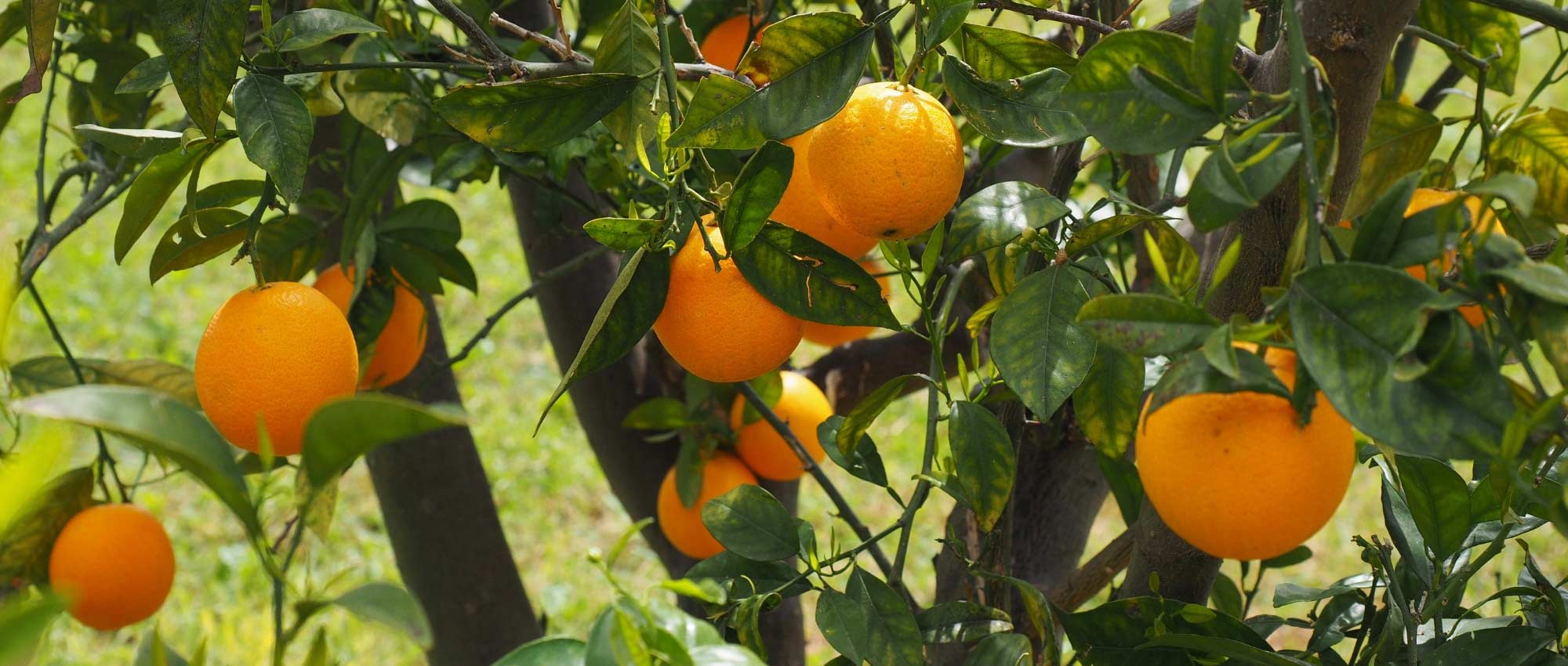
Citrus trees: 15 questions and answers about growing them
In pots or in the garden
Contents
The citrus trees such as orange, lemon and mandarin trees are appreciated in gardens for their glossy green foliage, fragrant white flowering, and rounded fruits, with bright colours and tangy flavour. However, growing them can be quite tricky, as they are frost-sensitive, susceptible to various diseases and pests, and require some care such as fertilisation, pruning and overwintering.
Discover answers to the most frequently asked questions about growing citrus trees: how to diagnose and treat a disease, how to protect them from the cold, when to prune them, etc. Our advice will help you grow them successfully and know how to react if a problem arises!
Leaves on my citrus tree are yellowing, what should I do?
Yellowing of foliage is often caused by a deficiency.
Indeed, citrus trees have relatively high nutrient requirements. We recommend adding well-rotted compost around the base of your bush, and working it lightly into the soil, or, if grown in a pot, to make regular applications of liquid fertiliser, throughout the growing season.
If your citrus tree is planted in calcareous soil, this can cause chlorosis and make foliage turn yellow, because lime then blocks uptake of mineral nutrients. In that case, it is preferable to move the bush or to grow it in a pot, in a suitable substrate (you can easily find special citrus potting compost commercially) and to water with rainwater, which has the advantage of not being calcareous. You can also apply iron chelate.
Yellowing of foliage can also be caused by an attack of red spider mites, especially if the plant is under cover. To remedy this, we recommend spraying water onto the foliage, as these mites dislike humidity.
Its leaves are falling, why?
Citrus trees are sensitive to changes in growing conditions that can cause leaf drop. If you have just brought it indoors for winter, or taken it outside in spring, or it experiences a rapid change in temperature or light, its leaves may fall. To prevent this, acclimatise your bush gradually. Also, if you bring it indoors or into a conservatory to protect it from cold, ensure conditions suit it: good light, temperature around 10 °C, etc.
Leaves can also fall as a result of water stress, i.e. excessive or insufficient watering. To remedy this, remember to water your citrus tree regularly in summer, and reduce watering in winter. Wait until substrate is dry before watering again, and avoid leaving water to stagnate in the saucer if grown in a pot. → More details in our tutorial :How to water a lemon tree
Finally, a red spider mite attack can also cause yellowing and leaf drop.
Discover other Lemon trees
View all →Available in 2 sizes
Available in 1 sizes

Available in 2 sizes
Available in 1 sizes
Available in 2 sizes
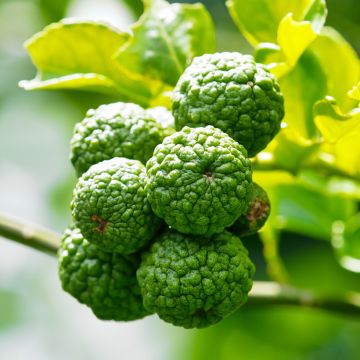
Available in 3 sizes
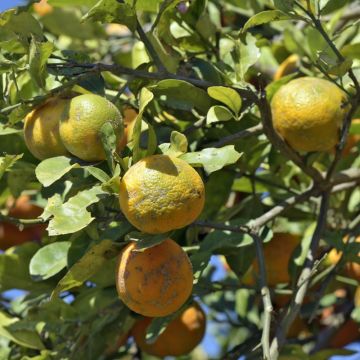
Available in 1 sizes
Available in 3 sizes
Available in 2 sizes
Available in 3 sizes
Leaves bear sinuate discoloured traces. Why?
Your bush is affected by the citrus trees leafminer (Phyllocnistis citrella), a small lepidopteran whose larva tunnels through the lamina of leaves, mainly of lemon and orange trees. Leaf margins curl, then affected leaves turn yellow and dry out. We recommend removing affected leaves to prevent spread of larvae. Curative treatments appear to have limited effectiveness against the leafminer, but it is possible to use pheromone traps to catch male individuals.
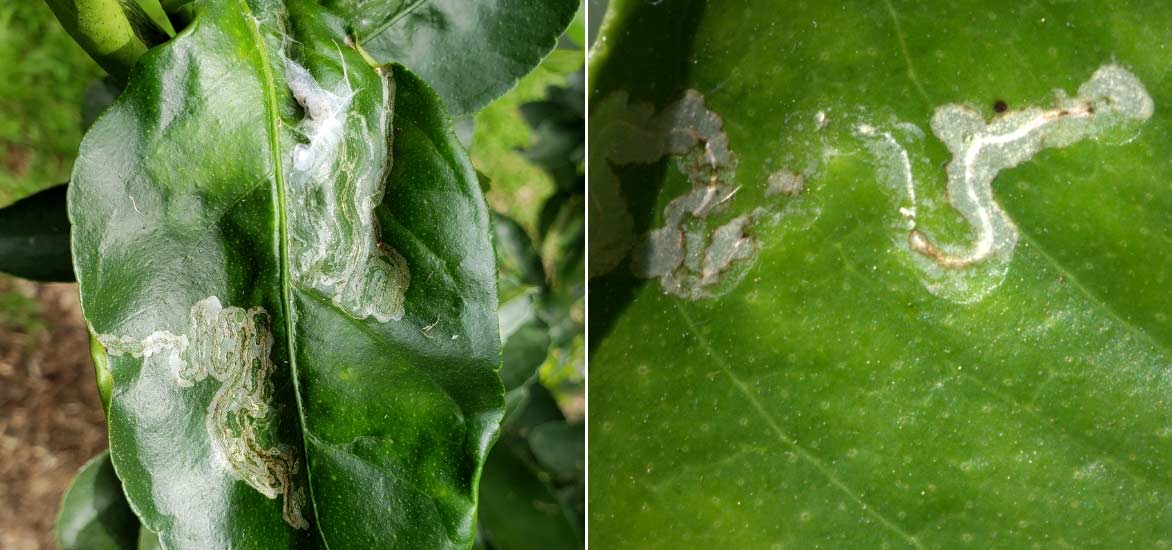
Damage caused by the citrus trees leafminer on a lemon tree (photos Scot Nelson)
Read also
Citrus trees: planting and maintenanceLeaves curl up on themselves. Why?
The most likely cause is an aphid attack. These small insects settle on the plant and pierce tissues to extract sap, which weakens it and causes foliage to curl. To eliminate them, we recommend spraying the foliage with black soap diluted in water.
→ Read: “Aphids: identification and treatments”
However, if the leaves of your citrus tree curl inwards and point downwards, this may indicate lack of water. Remember to water regularly.
Finally, leaves can also deform and curl because of an attack by the citrus leaf miner.
Branches on my citrus tree are drying out! What's happening?
It may be affected by Mal Secco, a disease caused by a fungus. Symptoms begin with chlorosis of the leaves, which then dry out and fall. The disease then causes the branches to dry out, starting at the tip and gradually affecting the whole bush.
Your citrus may also be affected by Tristeza virus, a disease typically transmitted by aphids.
Fruits on my citrus tree are becoming damaged and rotting. Why?
Brown rot, a disease caused by a fungus, causes fruit to rot while still attached to the tree. Remove affected fruit to prevent spread of disease, prune affected branches, and, if necessary, apply a fungicide.
Mediterranean fruit fly can also attack citrus trees. It lays its eggs in fruit. These then develop brown spots around the egg-laying punctures, after which they rot and fall prematurely.
A translucent, amber-coloured substance oozes from branches or trunk.
This is likely a parasitic gummosis, caused by a fungus, Phytophthora. Gum generally appears at the site of a wound, or at the base of the trunk. If attack is not yet too severe and deep, it is possible to scrape out wounds with a clean, disinfected tool and apply a fungicide, such as Aliette or Bordeaux mixture.
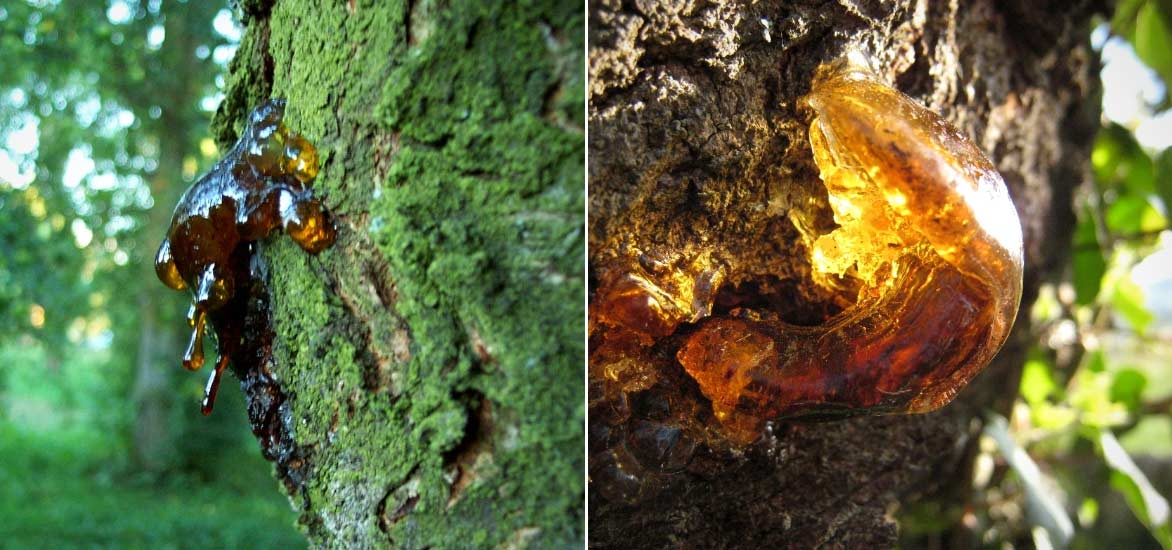
Gummosis is recognised by the appearance of a translucent substance on the trunk or branches (photos Juan de Vojníkov / Malta)
Can I plant my citrus tree in the ground?
Yes, if you live in the Mediterranean region or an area with a very mild climate, your citrus will prefer to be planted in the ground rather than in a pot.
Elsewhere, plant in a container and bring indoors for winter... unless you grow a hardier citrus, such as Poncirus trifoliata, Satsuma mandarin’ or bitter orange, which can tolerate temperatures down to -10 °C and can be planted in the ground in regions less mild than the Mediterranean region.
Can I grow citrus trees indoors?
In general, air in houses and flats is too dry and unsuitable for growing citrus trees. In addition, citrus trees need a relatively cool period in winter. However, Calamondin, Citrus mitis, is one of the few citrus trees that adapts fairly well to being grown indoors year-round. It can genuinely be grown as an indoor plant. It produces scented white flowers, followed by decorative fruits resembling small oranges.
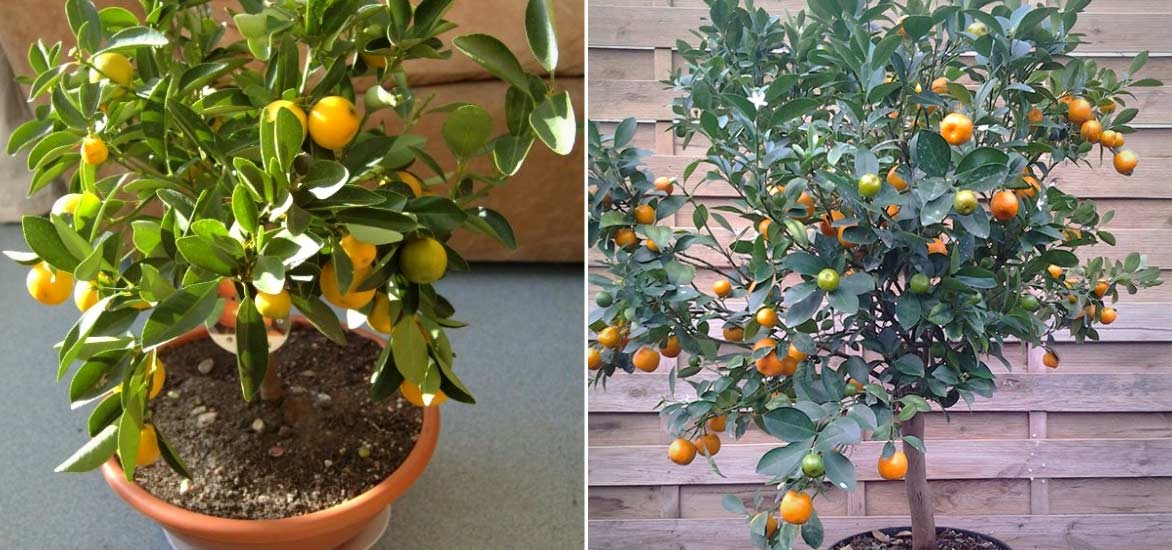
Calamondin: one of few citrus trees that will tolerate being grown indoors all year round!
Should I add fertiliser?
Yes, citrus trees benefit from being fertilised, as they are heavy-feeding plants, that require a substrate rich in mineral elements. A supply of fertiliser promotes good fruiting and prevents the plant becoming deficient (foliage could then turn yellow). You can place well-rotted compost at the base of your citrus tree and work it lightly into the soil. If the plant is in a pot, apply liquid fertiliser regularly, at least once every two weeks, diluted in the watering water, from spring to autumn. You can also choose an organic fertiliser (for example based on manure, horn meal, bone meal, dried blood…), which has the advantage of being more environmentally friendly. Stop all fertilisation during dormancy, until next spring.
My citrus tree isn't fruiting. Why?
When they are still young, this is not worrying: citrus trees need several years before they start producing fruit.
If yours has been in place for a few years, check that conditions suit it. Good light is essential for fruiting. Water regularly but not excessively. Also remember to apply fertiliser. Also pay attention to pollination: they need insects to set fruit! If you grow your citrus trees indoors, remember to open a window to let insects in or pollinate by hand with a small paintbrush.
How to protect citrus trees from cold in winter?
If planted in the ground, you can protect them by wrapping them in several layers of horticultural fleece, and by laying a thick layer of mulch around their base, especially during the first few years. If you live in a region with a very mild climate, they may do without it later, as they become more resilient over time.
If grown in pots, the best solution is to bring them into an unheated greenhouse or a conservatory. They prefer a cool environment, so avoid overly warm, dry conditions such as inside a house.
→ for more information, consult our advice sheet dedicated to overwintering citrus trees
My citrus tree has been damaged by frost — what should I do?
Even if your citrus has suffered frost, it may still recover. Avoid intervening straight away but rather wait for temperatures to moderate (March–April), then carry out severe pruning, removing all dead branches.
If entire bush hasn’t been affected, chances are it will reshoot in spring provided you water very sparingly, about once every 15 days, until new foliage regrows.
Which citrus trees are the hardiest?
Most citrus trees are tender and, outside the Mediterranean region, need protection in winter. However, some species can be fairly hardy. Thus, Poncirus trifoliata can tolerate between −15 and −20 °C! Satsuma mandarin tree and bitter orange are also fairly cold-hardy (down to about −10 °C).
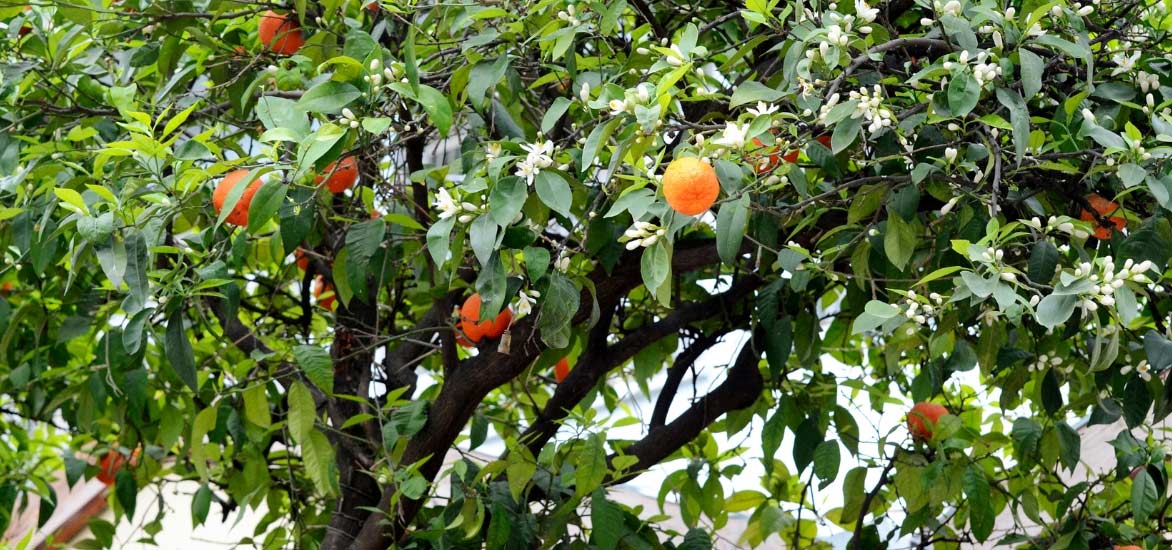
Bitter orange, Citrus aurantium (photo Zeynel Cebeci)
Should I prune my citrus tree, and when should I do it?
Yes, pruning is essential to keep a bush healthy and attractive, with a balanced habit and producing abundant fruit. It should be done after fruiting, in late winter if you live in a region with a mild climate, and rather in early spring if your climate is slightly cooler. In any case, do not prune during frosts.
→ to find out more, discover our advice sheet: “Citrus trees: when and how to prune them”
- Subscribe!
- Contents
































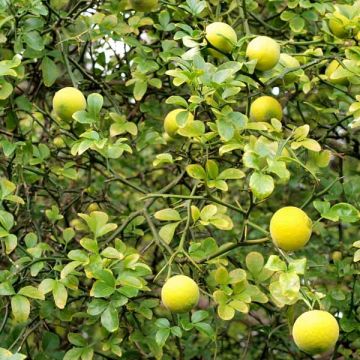
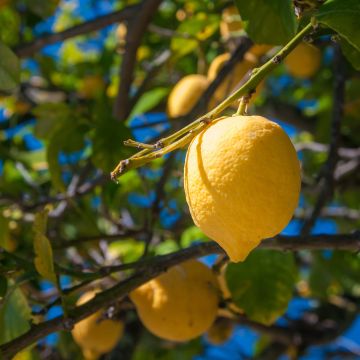
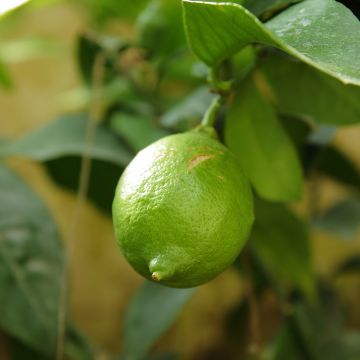
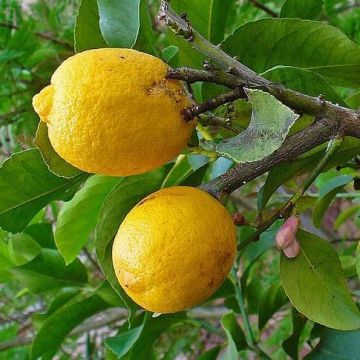
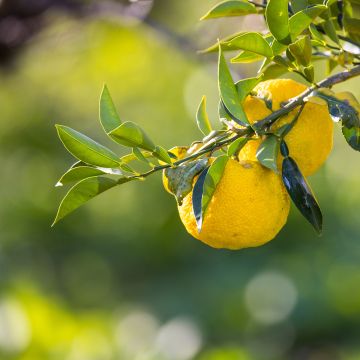
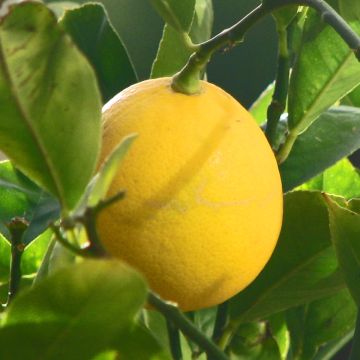
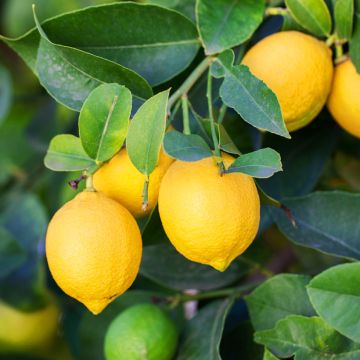
Comments